History of Tango 1880-1920 - Virtual Class on 10/25/2020
How was the Tango dance described at the end of the XIX century, and beginning of XX century?
the bodies danced closely
with figures and improvisation
there were no talking while dancing
The bodies were isolated from any interference from the outside world
It was a difficult dance
It required flexibility, balance, and fast legs ( by Inés Cuello)
It required concentration
Canyengue
Small steps
syncopated
2/4
Words to describe that Tango
Quebradón
Compadrón
Dislocador
Onduloso (curvy)
Mimoso (cuddly)
Voluptuoso (voluptuous)
De vaivén (with swing)
Marcadísimo (marking the beat)
Triste y candecioso (sad and with cadence)
The Steps at that time (notice that we keep many of those even today)
Quebradas
Taconeos
Balanceos
Paradas
Arrastradas
Tijeras
Molinete
Rueca
Bicicleta
Sentada
Corrida del bolsero
Trencito
Where was Tango danced at the beginning of XX century?
Carnavales
Academies
Casas de Baile
Peringundines
Private homes
At the street (Organito)
Cabarets (Armenonville)
Velódromos
Pabellón de las Rosas
The "organito" (the barrel organ)
Portable instrument to reproduce melodies by turning a handle and so causing a spiked or toothed cylinder to act mechanically on keys. Italian origin.
The barrel organ or organito was the greatest tango promoter by late of the 19th. century and early 20th.
Its music managed to reach —in an effective though discreet manner—, through gates and windows.
Tangos dedicated to El organito: El último organito by Homero Manzi, Organito de la Tarde (Cátulo Castillo and lyrics by José González Castillo. “Organito del suburbio”, by Antonio Bonavena, “Música de organito”, by Manuel Buzón, Osvaldo and Carlos Moreno, “Organito”, by Juan Carlos Graviz, and “Organito arrabalero”, by Ernesto Baffa and José Libertella.
Male Dancers of that time
Casimiro Ain, el vasco
Bernabé Simara
Gallito
Catungo
El pardo Santillán
La lora Scarpino
David Undarz
Juan Filiberi
José Gaimbezzi (El Tarila)
Juan Margarita Filiberto
El negro Abelardo
El negro Pavura
Jose ovidio Bianquet (El Cachafaz)
Juan Carlos Herrera
El petiso Zabaleta
Female Dancers of that time (we have almost no information about them)
La Portuguesita
La Sargento
La Fosforito
Maria la Meona
Antonina
Refusilo
La Barquinazo
Time Line (Source: El Tango by Horacio Salas)
1874: First hints of tango. Las tropas del general Arredondo, fieles a Mitre, sing las coplas de El Queco
1880 Tango Dame la lata in brothels
1890 First interpretations of Bartolo
1898 Ernesto Ponzio presents Don Juan
1903 Villoldo presents El Choclo
1904 Domingo Santa Cruz publishes Unión Cívica
1905 Saborido y Villoldo write La Morocha (tango cantado)
1906 Augusto Berto presents La Payanca
1909 Eduardo Arolas presents Una noche de garufa
1912 The Armenonville, first cabaret of Buenos Aires opened its doors.
1913 Gardel and Razzano started their duet
1915 El payador José Betinoti dies
1917 Mi noche triste by Carlos Gardel. Tango canción.
1917 Montevideo: Roberto Firpo plays La cumparsita
1918 Fresedo has his first orchestra
1922 Ignacio Corsini Patotero Sentimental - typical tango of the Cabaret years.
Sources
Todo Tango website
Historia del baile by Sergio Pujol
Nueva historia del tango by Hector Benedetti
